0
Your Cart
Line-interactive UPS Vs Online UPS
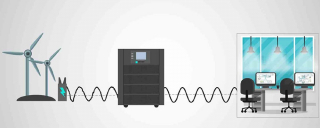
30/12/2019
Sine Wave Output Without boring you with too much detail, there are three types of wave currents: square , simulated sine , and true sine . While each wave alternates between positive and negative to create a current, the three are vastly different. Square waves are typically produced by lower end equipment and, despite cost benefits, may put strain on the connected...
What is LSZH/LS0H Cable?
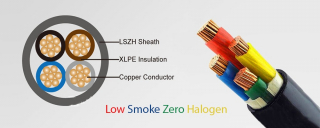
09/12/2019
Low smoke zero halogen (hereafter referred to as LSZH but also called LSOH, LS0H, LSFH or OHLS) is a material classification that is common to cable and wire casings. When exposed to flames and high levels of heat, LSZH materials produce very little visible smoke (compared to PVC and other similar materials) and no halogens, which can be harmful to humans. There are...
What is PoE?
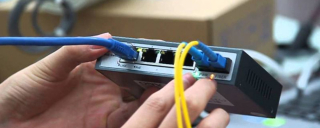
19/11/2019
Power over Ethernet (PoE) is a technology for wired local area networks that allows the electrical current necessary for the operation of each device to be carried by the data cables rather than by power cords. Doing so minimizes the number of wires that must be strung in order to install the network. PoE was originally developed in 2003 to support devices like Wi-Fi access...
Test Procedures for Fire Alarm Cables
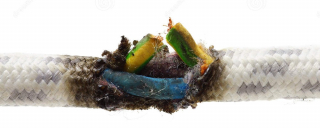
07/11/2019
Test on gases evolved during combustion
This test procedure provides information if the insulation material of the cable sheath
creates corrosive gases in the event of fire.
Halogen parts or other material in small quantities
can be easily identified with this test due to the strong
change of pH and conductivity.
The conductivity is <...
Types of Network Cables
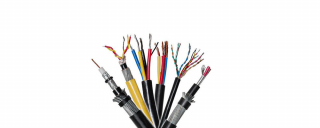
11/10/2019
Like a shield used during battle, shielding in cables acts as a barrier that protects the cable from external threats, such as electrical interference (EMI). It also prevents cable signals from interfering with surrounding cables and equipment. While not all environments demand such a robust cable, shielding is becoming more common. When it first became available,...
Wireless Access Point

17/09/2019
What is a Wireless Access Point? Wireless Access Points (WAP’s) are, indeed, part of your network infrastructure. These devices allow your wireless devices (laptops, tablets, smartphones, etc.) to connect to the physically wired / cabled portion of your I.T. network infrastructure. WiFi access points are the bridge between your wireless network devices and your wired...
What is SFP Module?
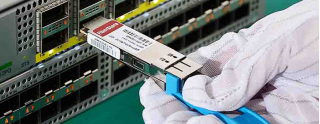
03/09/2019
SFP stands for “small form-factor pluggable” and transceiver means a device that can both transmit and receive data. This article “SFP Transceivers Explained” is intended to describe all about SFP transceivers in detail that could help network professionals understand about SFP optics and its types. The SFP transceiver is a compact, hot-swappable device that plugs into a...
How to Choose Network Cable?
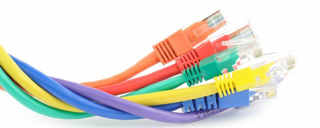
08/05/2019
In the era of information explosion, almost everyone can get access to the Internet, and almost everywhere is loaded with the network cable. But you may be unaware of the fact that Cat5e/Cat6/Cat6a/Cat7 Ethernet network cables, though look like the same, actually are totally different. Here, this post will focus on Cat5e vs Cat6 vs Cat6a vs Cat7. May it help with your...
Difference Between Single Mode and Multi Mode Cables
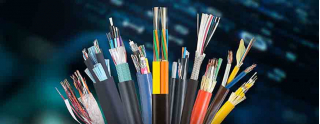
08/05/2019
Emerging demand of higher bandwidth and faster speed connections has significantly enhanced the growth of fiber optic cable assemblies market over the past several years, especially the single mode fiber (SMF) and multimode fiber cable (MMF). However, though these two types of fiber optic cables are widely used in diverse applications, the problem—single mode vs multimode...
Wi-Fi Standards
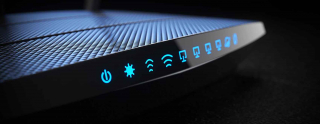
08/05/2019
Wi-Fi standards decide the speed and range of a
Wi-Fi network. Generally later standards are backward compatible with earlier
ones. 802.11b: This was the first commercialized
wireless standard. It offers a top speed of 11 Mbps and operates only on the
2.4 GHz frequency band. The standard was first available in 1999 and is now
totally obsolete; 802.11b clients,...
